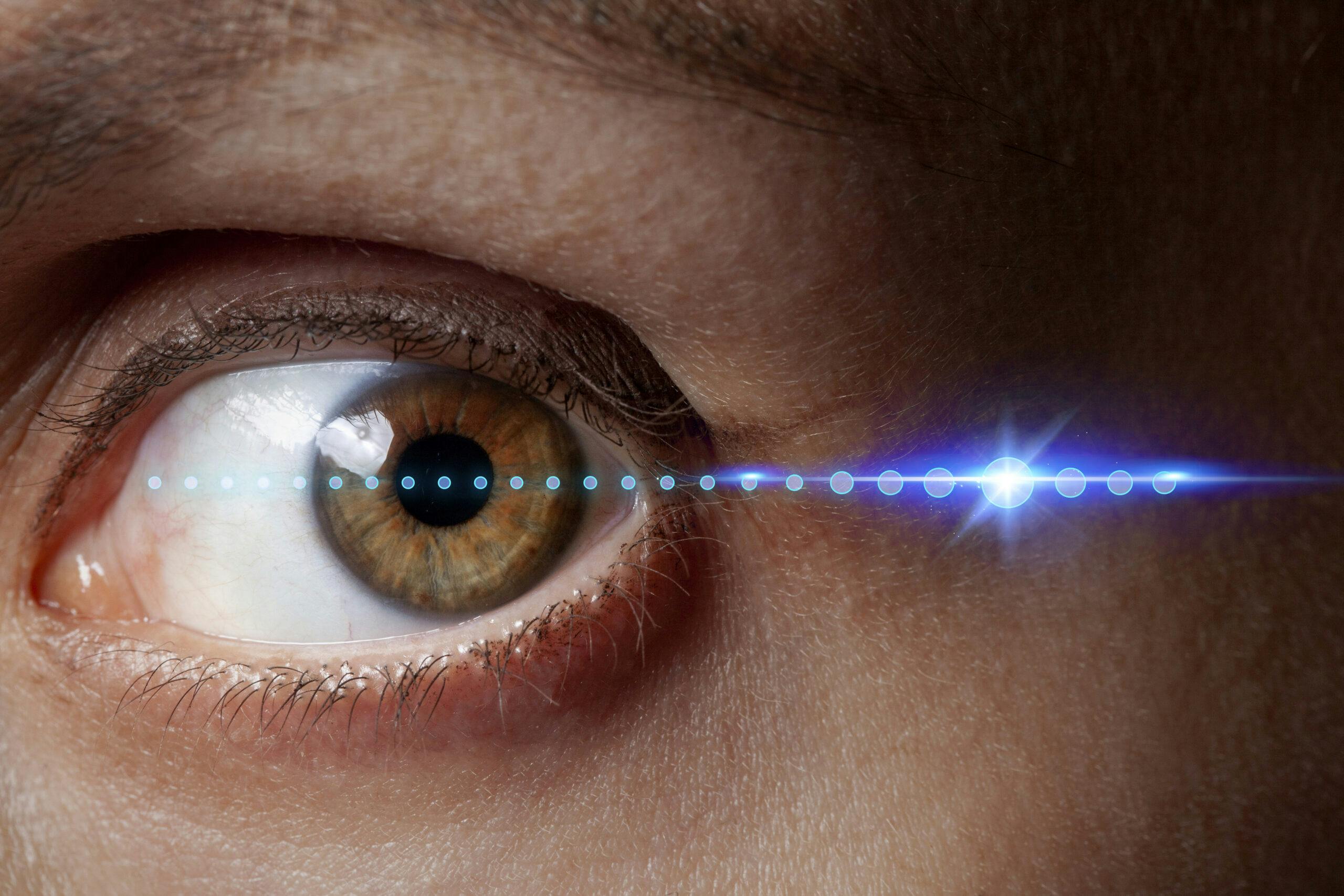EMDR Therapy Sessions: What to Expect
Eye Movement Desensitization and Reprocessing, also known as EMDR, is a type of psychotherapy initially intended for people with a history of trauma, particularly those diagnosed with Post-Traumatic Stress Disorder (PTSD).
In recent years, EMDR’s applications have grown into treatments for a broader range of issues, including substance abuse disorders, panic disorders, eating disorders, emotional distress, and other mental health issues. In this post, you’ll learn the details, such as the uses and benefits of EMDR and how you can get started today.
Are you ready to take control of your mental health? Zinnia Health can help. Reach out to our caring specialists to learn more about our wide range of mental health and substance abuse treatment options.

The Phases of EMDR
There are eight phases of EMDR therapy:
1. History
During the first phase of EMDR, your counselor reviews your history with you to identify the distressing memories and targets for EMDR processing.
2. Coping Skills
Your counselor works with you to identify and develop healthy ways to cope with negative thoughts and emotional distress. You can start using these skills as soon as you leave your therapy session.
3. EMDR Reprocessing
During these intensive sessions, you work through specific memories and negative beliefs with your counselor while engaging in bilateral simulation, including eye movements and repeated gentle taps. These sessions work to turn negative sensations into positive ones.
4. Installation
During installation, you focus on a positive belief that you want to create within the memory that’s causing you distress.
5. Body Scan
During the Body Scan phase, you focus on what your body feels like and what symptoms pop up when you experience the negative memory. As you go through EMDR therapy, these negative symptoms should deteriorate until they go away completely or are as minimal as possible. Once the symptoms are gone, you know the reprocessing has been successful.
6. Stabilization
This step builds a bridge between the early and late sessions of EMDR therapy. Your provider teaches you what to expect between sessions, and you’ll learn how to stabilize yourself and deal with negative thoughts and feelings independently in between therapy sessions.
7. Closure
During phase seven, you use a journal to keep track of any continued episodes of emotional distress. This helps you identify any areas that require further treatment while helping you master self-soothing techniques taught to you during phase two.
8. Review
As EMDR therapy comes to an end, you and your therapist assess your progress and identify areas that need additional attention.
What Happens During EMDR?
EMDR should take place in a warm, inviting, and safe therapeutic setting in order for you to feel comfortable and open. EMDR uses your body’s natural healing ability to reprogram how the traumatic events in your life shape your day-to-day beliefs and life.
During each EMDR therapy session, your EMDR therapist will ask you specific questions about your traumatic memories to help you home in on a specific memory or sensation. As your therapist asks you these questions, you watch their hand as it moves gently across your field of vision.
Some therapists may use a bar of moving lights or headphones during EMDR treatment instead of their hands.
These movements are intended to stimulate Rapid Eye Movement (REM), the same movements we experience while sleeping, and trigger painful memories, forcing you to process them and eventually reprogram them without the negative and painful sensations your brain currently links them to.
Then, your EMDR therapist asks you to talk about your traumatic experiences during each set of eye movements.
With repeated sets of eye movements, the memory changes in a way that drains it of its painful intensity and, instead, transforms it into a neutral memory.
Want to learn more about whether EMDR therapy is a good fit for you? Reach out to Zinnia Health today.
What is EMDR?
Eye Movement Desensitization and Reprocessing is a form of psychotherapy, or talk therapy, most commonly used to treat PTSD. EMDR works to help patients process emotional distress, painful memories, thoughts, and feelings related to trauma.
Several studies have found that EMDR therapy can help patients experience real healing breakthroughs — the same as the benefits psychotherapy once took years to accomplish.
EMDR was developed in 1987 to treat PTSD. Most patients receive EMDR one to two times per week, although the frequency can be adjusted on a patient-by-patient basis.
While other forms of treatment alter the emotions, thoughts, and responses resulting from traumatic experiences, EMDR works directly on the memory itself to alter the way it is stored.
When the memory’s storage is changed, it is said to reduce and eliminate the problematic symptoms that come with it.
EMDR therapy is effective in the treatment of a broad spectrum of emotional symptoms of trauma, including:
- Depression
- Anxiety
- Phobias and fears
- Grief
- Panic attacks
- Poor self-esteem
- Distressing memories
What Conditions Can EMDR Treat?
EMDR can be used to treat a number of mental health disorders and emotional disturbances, such as:
- Anxiety disorders
- Generalized anxiety disorder
- Panic disorder
- Phobias
- Fears
- Depression disorders
- Major depressive disorder
- Persistent depressive disorder
- Dissociative disorders
- Dissociative identity disorder
- Depersonalization disorder
- Personality disorders
- Borderline personality disorder
- Antisocial personality disorder
- Avoidant personality disorder
- Eating disorders
- Anorexia nervosa
- Bulimia nervosa
- Binge eating disorder
- Obsessive-compulsive disorders
- OCD
- Body dysmorphic disorder
- Hoarding disorder
- Trauma disorders
- PTSD
- Acute stress disorder
- Adjustment disorder
Start EMDR Therapy With Zinnia Health Today
If EMDR therapy sounds like something you may benefit from, Zinnia Health is here for you. Reach out to our team of caring and compassionate intake specialists today by calling (855) 430-9439 to learn more about our admissions process, treatment options, and payment plans. Heal for good with Zinnia Health.
